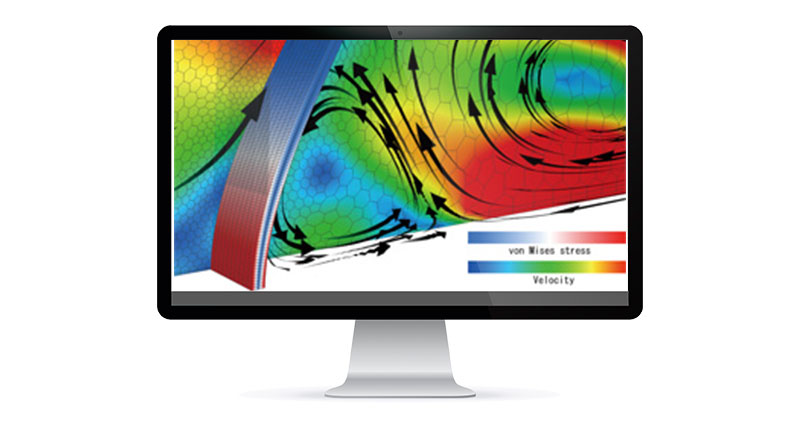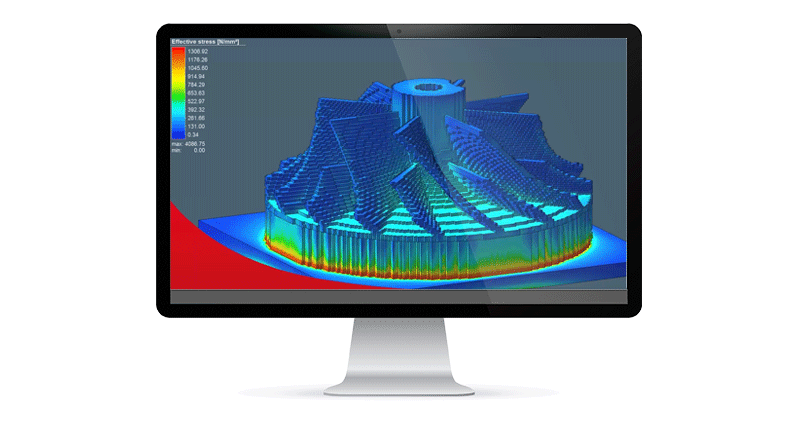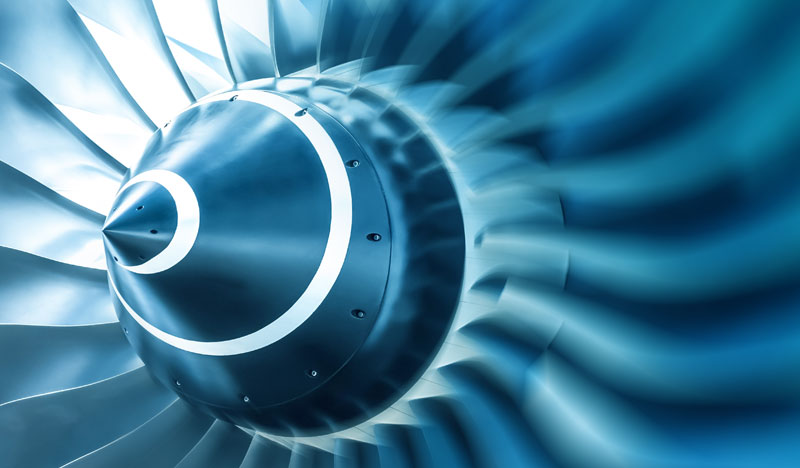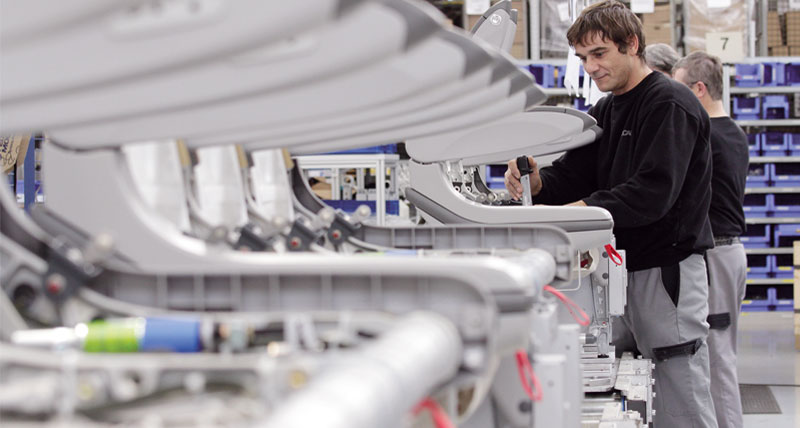Aircraft cabin noise and passenger comfort
Acoustic simulation software to improve interior aircraft cabin noise levels and account for impact on complex, interdependent systems
Contact us
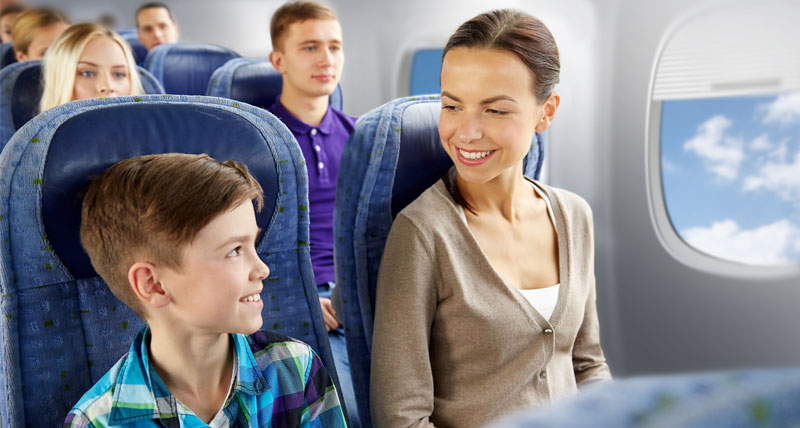
Passenger experience is a key differentiating factor for airlines, making it important to cost-effectively ensure in-cabin comfort for customers. A quiet interior environment is important to passengers and when designing new aircraft, manufacturers need to reduce interior noise pollution while meeting fuel consumption objectives.
Aircraft designers face three principal sources of interior cabin noise: the engine; the interior air conditioning systems; and fuselage structure vibrations, which are also known as turbulent boundary layer induced noise. The difficulty comes from addressing these sources of noise within the context of a complex system. Designers can, for example, reduce the effect of noise generated by the engine and the fuselage by optimising structural acoustic performance – but they need to do so without adding weight to the structure. They can also optimise air ventilation fans and piping shapes, but must avoid negatively impacting aerodynamic performance.
Hexagon’s computational fluid dynamics (CFD) and finite element analysis (FEA) simulation tools enable engineers to assess acoustic, vibroacoustic and aero-acoustic performance within complex systems. They can then optimise products and reduce the need for physical tests. The software’s advantages include a complete set of material modelling capabilities for structural and poro-elastic materials and accurate excitation models.
Our solutions
Explore Hexagon solutions for cabin interior passenger noise comfortAcoustic simulation software
Multidisciplinary structural analysis software
Thermo-fluid dynamics software
Case studies
See how Hexagon simulation solutions are used in the aerospace industry


